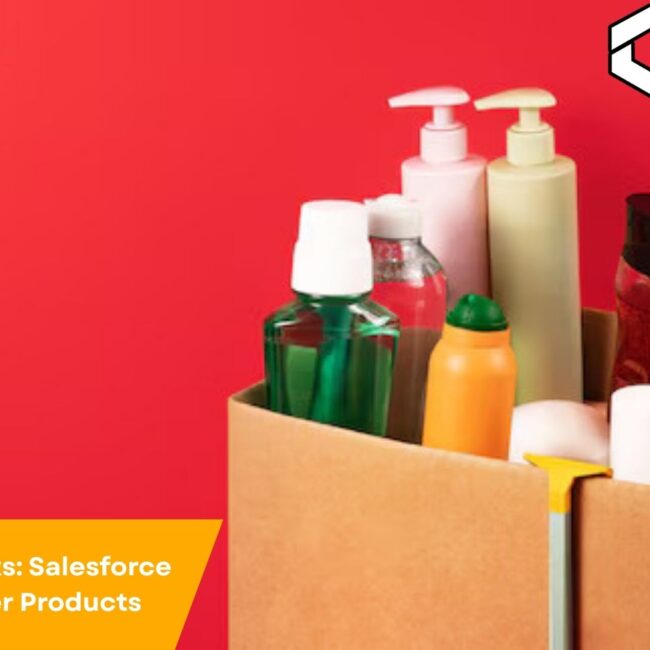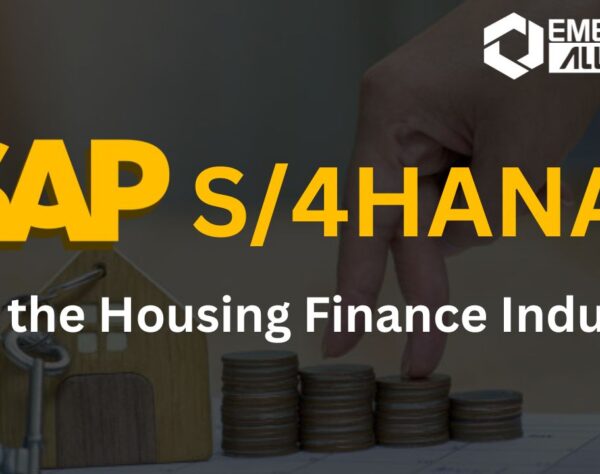
Salesforce for Housing Finance: A Digital Shift

Salesforce CRM: The New Foundation of Housing Finance
The housing finance sector is undergoing a significant digital transformation. Customer expectations have shifted toward faster service, paperless processes, and hyper-personalized engagement. Traditional lending systems, often siloed and manual, struggle to keep up. This is where Salesforce CRM steps in—a robust customer relationship management platform tailored to meet the evolving needs of housing finance institutions.
Designed to streamline borrower journeys, automate loan workflows, and offer deep customer insights, Salesforce CRM software is rapidly becoming the backbone of forward-thinking housing finance firms. From lead generation to loan servicing and beyond, it offers unmatched efficiency, scalability, and agility.
Why Housing Finance Needs Salesforce CRM
The housing finance industry is uniquely positioned at the intersection of real estate, finance, and regulation. Managing this complexity while delivering a seamless customer experience is a challenge. Salesforce CRM benefits for housing finance institutions include:
- Real-time visibility into borrower data and loan pipeline
- Automated communication and follow-up
- Centralized customer interactions across departments
- Integration with loan origination systems and external partners
- Enhanced analytics and forecasting
These features empower lenders to provide faster approvals, reduce risk, and maintain compliance while keeping the borrower experience front and center.
Key Salesforce CRM Features
Let’s break down some of the most impactful Salesforce CRM features tailored to housing finance organizations:
1. Loan Lifecycle Automation
Salesforce automates repetitive tasks in the loan lifecycle—from lead capture and pre-qualification to underwriting and post-disbursal follow-ups.
2. Centralized Borrower Profiles
Create unified customer profiles with complete visibility into interactions, documents, communication history, and loan status in real time.
3. Workflow Rules and Approvals
Configure automated workflows for document verification, credit checks, approvals, and task escalations to reduce processing time.
4. Communication Tools
Integrated email, SMS, and chatbot tools ensure constant, timely updates to borrowers at each stage of the application.
5. Custom Dashboards and Analytics
Build dashboards to monitor KPIs such as loan approval time, delinquency rates, and customer satisfaction—helping teams make informed decisions.
With these powerful CRM features, housing finance companies gain control, clarity, and the ability to scale operations smoothly.
The Power of Salesforce CRM Integration with Third-Party Apps
One of the strongest advantages of Salesforce CRM software lies in its flexibility. Through Salesforce CRM integration with third-party apps, housing finance providers can extend capabilities without overhauling their tech stack.
Examples of Popular Integrations:
- Credit bureaus (e.g., CIBIL, Experian) for instant credit checks
- eKYC platforms for digital identity verification
- Payment gateways for EMI collection and tracking
- Document management tools for automated uploads and approvals
- Loan origination systems to synchronize data between front-end and back-end
These integrations eliminate manual data entry, reduce errors, and ensure a seamless borrower experience while boosting internal efficiency.
Real-World Impact: Salesforce CRM in Action
Let’s explore how Salesforce CRM is already transforming the housing finance landscape:
- A leading home loan provider in India used Salesforce CRM integration with third-party apps to digitize loan applications, reducing turnaround time by 40%.
- A housing finance company deployed Salesforce CRM software to unify sales and service teams, increasing lead conversion rates by 25%.
- A digital lender implemented Salesforce CRM features like automated workflows and chatbot communication, improving customer satisfaction scores significantly.
These cases highlight that investing in Salesforce CRM isn’t just about technology—it’s about enabling business transformation.
How Salesforce CRM Benefits Each Stage of Housing Finance
From first inquiry to final EMI payment, Salesforce CRM software adds value at every step:
| Stage | Salesforce CRM Benefit |
|---|---|
| Lead Generation | Multi-channel campaigns, lead scoring, follow-up automation |
| Loan Application | Document upload, real-time updates, automated reminders |
| Underwriting | Integrated data sources, credit checks, eKYC workflows |
| Approval & Disbursal | Configurable rules, instant approvals, clear communication |
| Post-Loan Engagement | EMI tracking, customer service, cross-sell opportunities |
Why CRM, Not ERP, is the Right Fit
While ERPs manage back-office processes, Salesforce CRM is designed to enhance front-end engagement and operational agility. It allows lenders to:
- Build long-term customer relationships
- Track every borrower interaction
- Respond faster to queries and approvals
- Personalize every step of the lending journey
For housing finance, where customer experience is a differentiator, a specialized CRM like Salesforce CRM software is far more impactful than traditional ERP systems.
Final Thoughts
The digital shift in the housing finance industry is not just a trend—it’s a necessity. With increasing competition and digitally savvy borrowers, housing finance companies need tools that streamline operations and elevate the borrower experience.
Salesforce CRM offers a complete solution—from automation and analytics to integration and personalization. With Salesforce CRM features built for scale and Salesforce CRM integration with third-party apps, it enables end-to-end digital transformation. In doing so, it positions lenders to drive efficiency, agility, and sustainable growth.
FAQs
1. How does Salesforce CRM benefit housing finance providers?
It streamlines workflows, improves borrower engagement, and centralizes customer data for better decision-making.
2. Can Salesforce CRM handle document-intensive loan processes?
Yes, it integrates with document management tools to automate uploads, approvals, and tracking.
3. What’s the role of automation in Salesforce CRM for housing finance?
Automation reduces manual work, speeds up approvals, and ensures timely customer communication.
4. Does Salesforce CRM offer real-time analytics for housing finance companies?
Yes, it provides dashboards and KPIs to monitor loan performance, conversion rates, and team productivity.
5. Can Salesforce CRM integrate with credit bureaus and eKYC platforms?
Absolutely. It supports seamless integration for faster credit assessments and digital verifications.
6. How does Salesforce CRM improve lead conversion in housing finance?
By automating follow-ups and scoring leads based on behavior, it helps teams prioritize high-value prospects.
7. Is Salesforce CRM scalable for growing housing finance institutions?
Yes, it scales easily as your customer base and operations expand.
8. What makes Salesforce CRM better than ERP for housing finance?
CRM focuses on customer-facing functions, while ERP manages internal operations. Salesforce CRM is ideal for sales, service, and customer experience.
9. How does Salesforce CRM help with compliance in housing finance?
It tracks customer data, automates reporting, and ensures all interactions are recorded and auditable.
10. Can Salesforce CRM improve post-loan engagement?
Yes, through automated reminders, EMI tracking, and personalized communication, it enhances borrower relationships long after disbursal.







